In Hawaiian culture, dolphins, or ‘Nai’a,’ hold a profound significance, embodying wisdom, protection, and spiritual guidance. These sublime creatures are widely recognized in Hawaiian mythology and folklore, often representing the bridge between the human world and the divine. Hawaiians have long cherished and respected dolphins, viewing them not as mere animals, but as sacred beings with their mana, or spiritual energy. This deep-rooted reverence for dolphins in Hawaiian culture underscores the interconnectedness between humans and nature, a fundamental principle that shapes the Hawaiian worldview.
The Spiritual Importance of Dolphins in Hawaiian Mythology
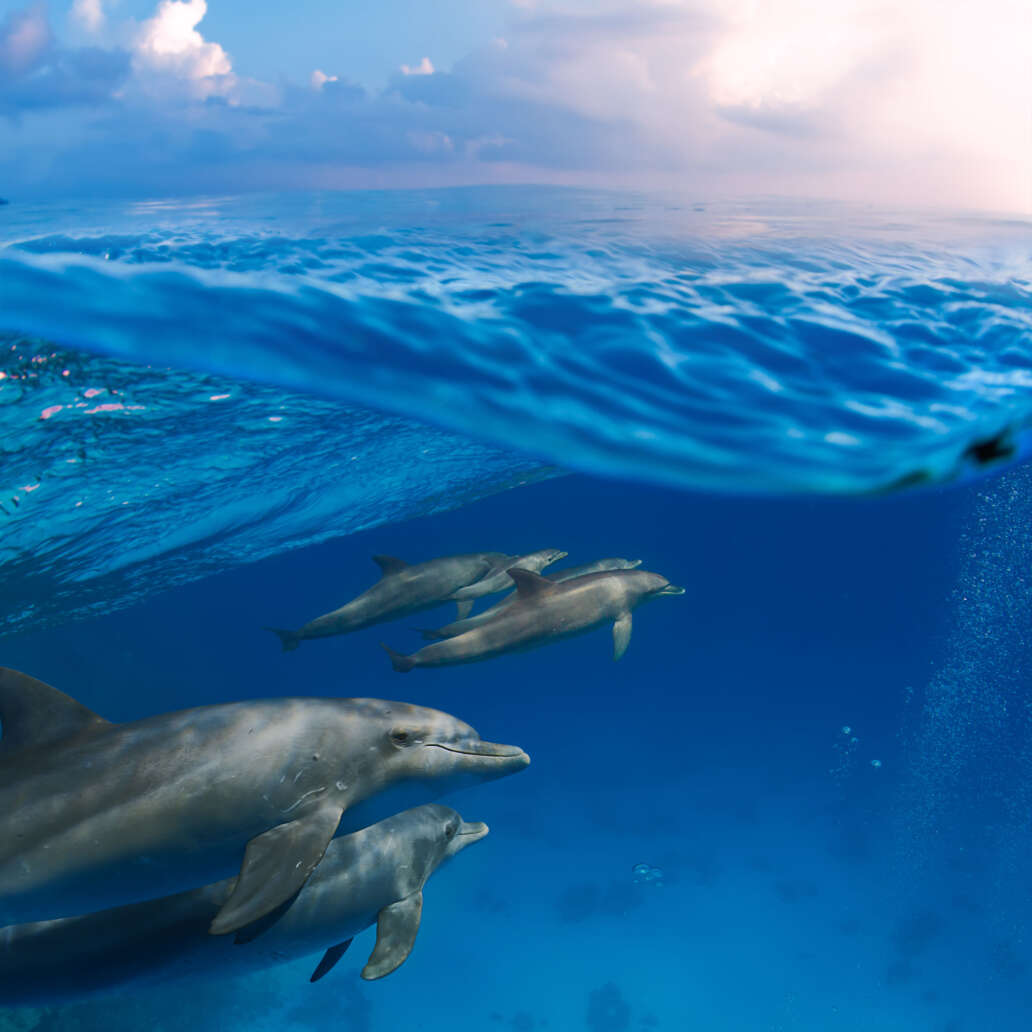
In Hawaiian mythology, dolphins are revered as sacred creatures, embodying the spiritual essence of ‘Aumakua, or ancestral spirits. They are viewed as protectors and guides, bridging the world of the living and the divine. Legends tell tales of dolphins saving fishermen lost at sea or transforming into humans to communicate messages from the spiritual realm. The deep connection between Hawaiians and dolphins is fostered through interactions in the ocean, where these intelligent creatures often display their playful and compassionate nature. The spiritual bond with dolphins underscores the respect and reverence Hawaiians have for nature and all its inhabitants.
Dolphins in Hawaiian Folklore and Legends
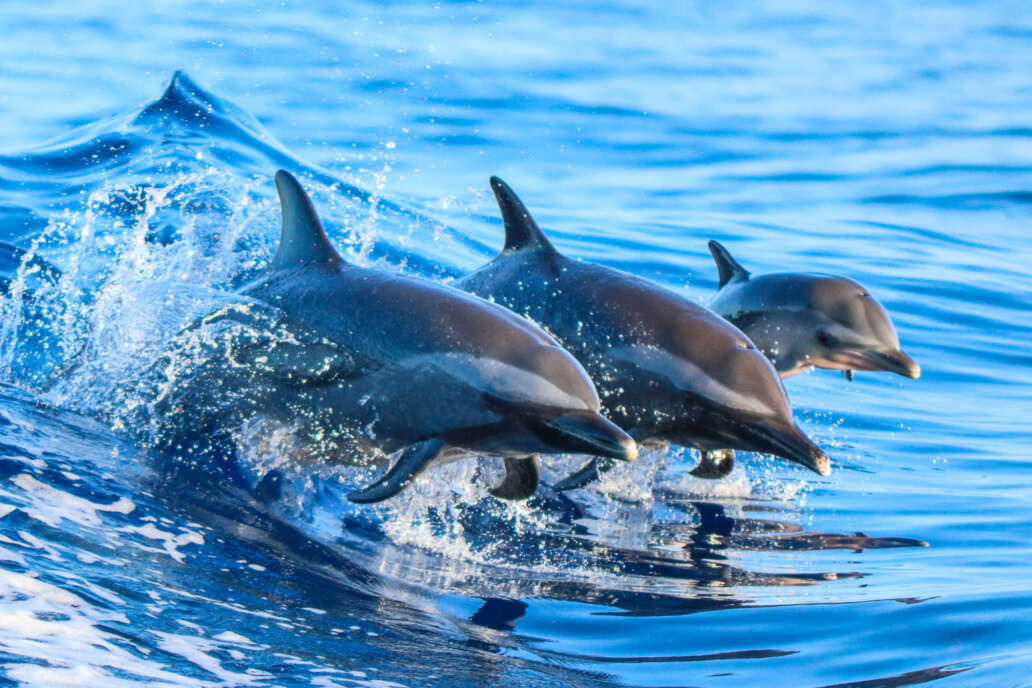
Dolphins feature prominently in many Hawaiian folk stories and legends, symbolizing both wisdom and protection. One popular tale tells of a group of dolphins transformed from humans, forever to live in the sea and guide lost fishermen to safety. The Kealakekua Bay, known as the ‘Pathway of the Gods’, is particularly significant, with local folklore depicting it as a haven for these guardian dolphins.
Nai’a, or deified ancestors, are oceanic tribes in Hawaiian culture with equal rights to humans. They are often referred to as porpoises and are featured in cultural stories like No ka Lawaiʻa a me kāna Wahine, where a fisherman and his wife catch a dolphin and ask for a nicer house. The dolphin grants the wish, and the couple lives a peaceful life without asking for anything else. Through these stories and legends, the importance of dolphins becomes deeply embedded in Hawaiian culture – fostering a bond between the human and marine world that remains strong to this day. Dolphins are also featured in Hawaiian creation chants.
Representation of Dolphins in Hawaiian Art and Jewelry

Dolphins hold a reflective and deep significance in Hawaiian culture, which is prominently seen in their art and jewelry. The locals often carve these majestic creatures into their traditional wooden sculptures, symbolizing joy, harmony, and a deep spiritual connection with the ocean. In their vibrant paintings, dolphins are depicted frolicking in the waves, communicating peace and playful energy. Hawaiian jewelry often features dolphins in their design too. The Dolphin pendant, a popular Hawaiian jewelry piece, is not just a fashion statement but also a symbol of protection and guidance, believed to bring good luck to the wearer. The craftsmanship and artistry in these creations reflect the profound respect and adoration Hawaiians have for dolphins.
Dolphins as a Symbol of Aloha Spirit in Hawaii
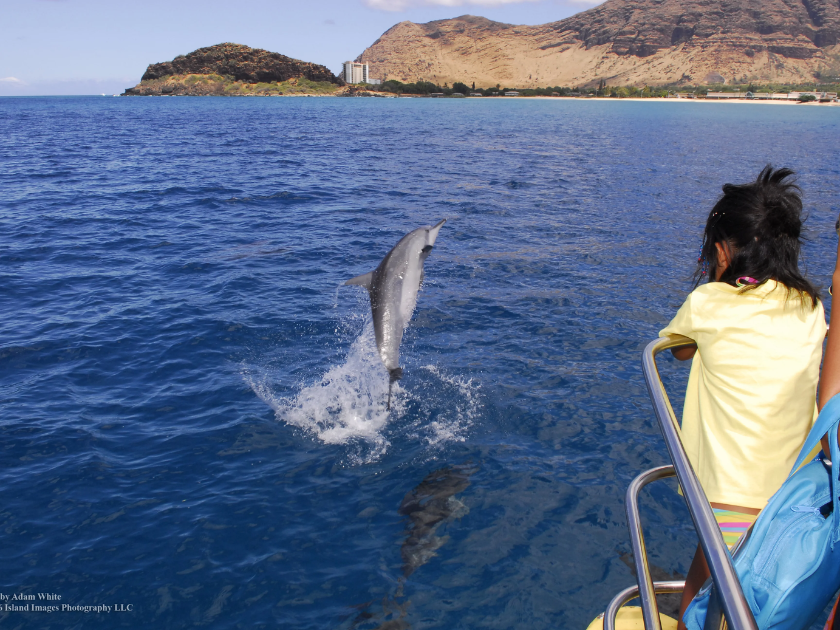
Dolphins in Hawaii are more than just aquatic mammals; they represent the Aloha spirit – a key tenet of Hawaiian culture. The word “Aloha” embodies love, peace, compassion, and a mutual understanding of respect that breathes life into the community. Dolphins, with their playful nature and social behavior, mirror these principles. Their presence in the waters around the islands serves as a reminder of the importance of love, unity, and harmony – the very essence of the Aloha spirit. Just as dolphins live in tight-knit groups, so too do the Hawaiian people value strong bonds within their communities.
Modern-Day Significance of Dolphins in Hawaii
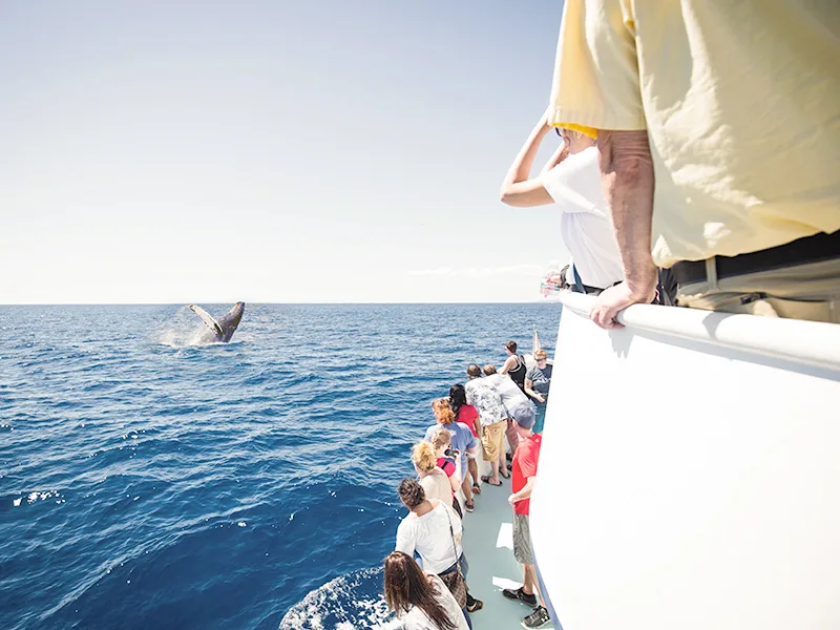
In contemporary Hawaiian culture, dolphins maintain a prominent status as symbols of joy, harmony, and connection. They are admired for their playful nature and intelligence, qualities that resonate deeply with Hawaiians. Dolphins are frequently sighted off the Hawaiian coasts, and dolphin-watching tours have become a thriving industry, attracting thousands of tourists every year. These tours not only stimulate the local economy but also foster an appreciation for marine life and the environment. Moreover, the depiction of dolphins in local art, jewelry, and even tattoos remains prevalent, further solidifying their continued significance in the cultural fabric of Hawaii.
Dolphin Conservation Efforts in Hawaii

Dolphins are not just a cherished part of the local culture and spirituality, they’re also a vital part of the marine ecosystem. Recognizing this, the state has invested in several conservation initiatives to protect these charismatic creatures. Efforts range from strict regulations on marine activities such as fishing and boating, to extensive research and monitoring programs aimed at understanding dolphin behaviors and habitat needs. Moreover, public education campaigns are continuously carried out to raise awareness and promote responsible behavior among locals and tourists alike. The Aloha spirit, in this context, also extends to the stewardship of the environment, ensuring that future generations will continue to enjoy the rich cultural and ecological significance of Dolphins in Hawaii.
Despite the Changing times, the Connection between Hawaiians and Dolphins Remains Steadfast
The enduring relationship between dolphins and Hawaiians is deeply rooted in cultural beliefs, mythology, folklore, artistic representations, and the spirit of Aloha itself. Dolphins, beyond being marine animals, are integral entities in Hawaii, embodying spirituality, wisdom, and harmony. They are interwoven into the fabric of Hawaiian culture, representing the island’s respect and reverence for nature. Furthermore, the current conservation efforts reflect the islands’ commitment to preserving and protecting this unique bond that testifies to an age-old symbiosis that continues to thrive in the heart of the Pacific.



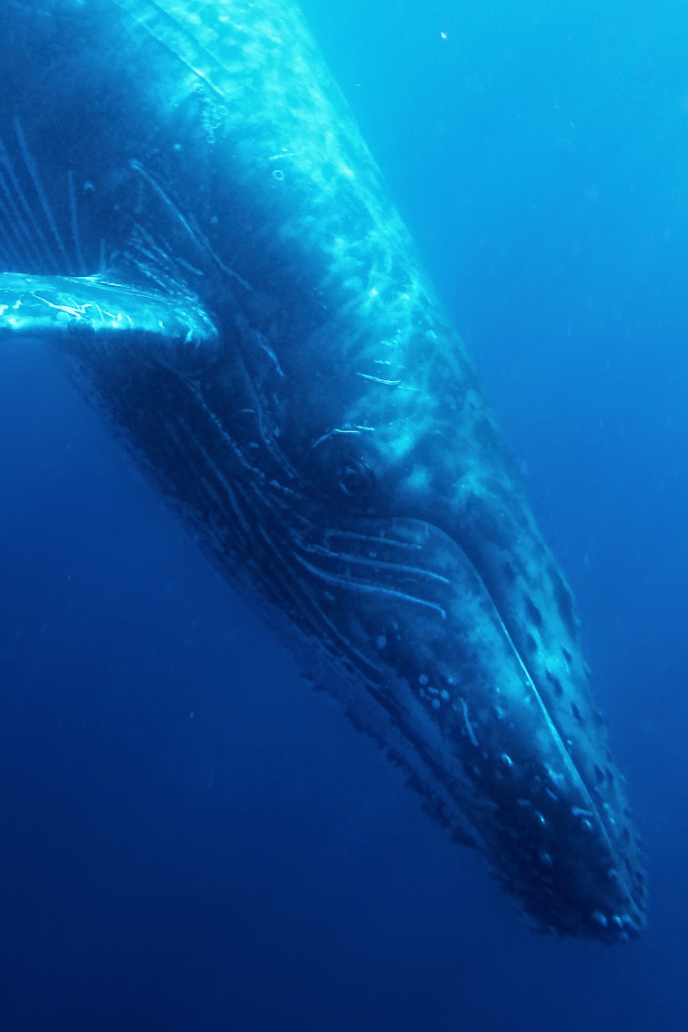

Spinner Dolphins